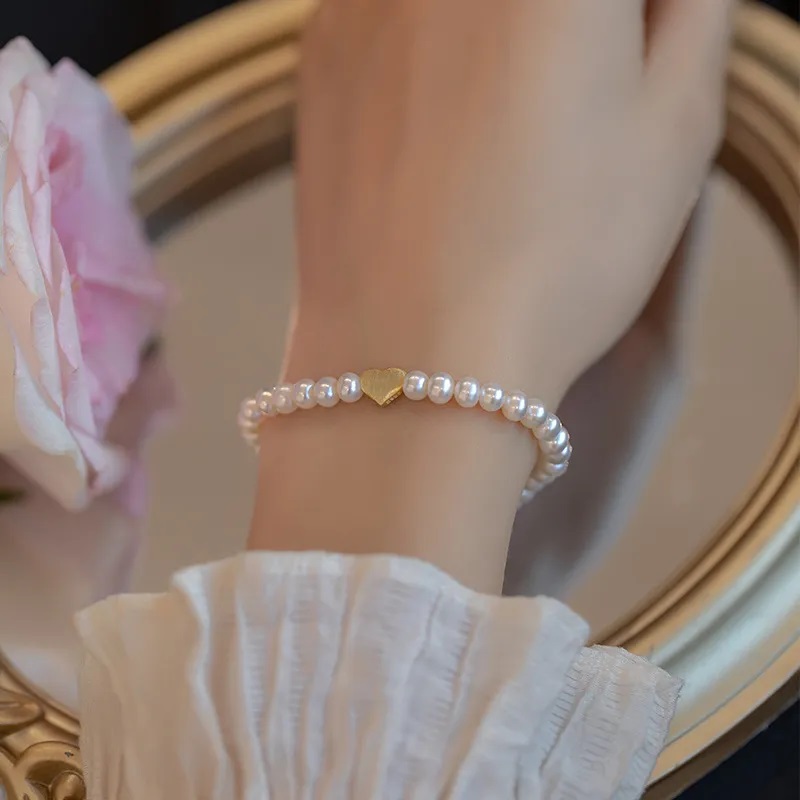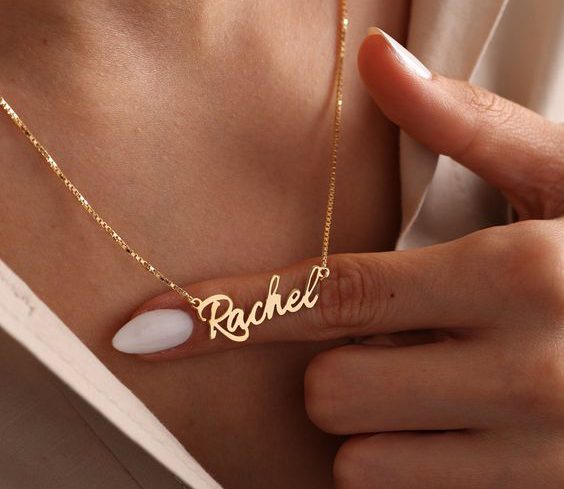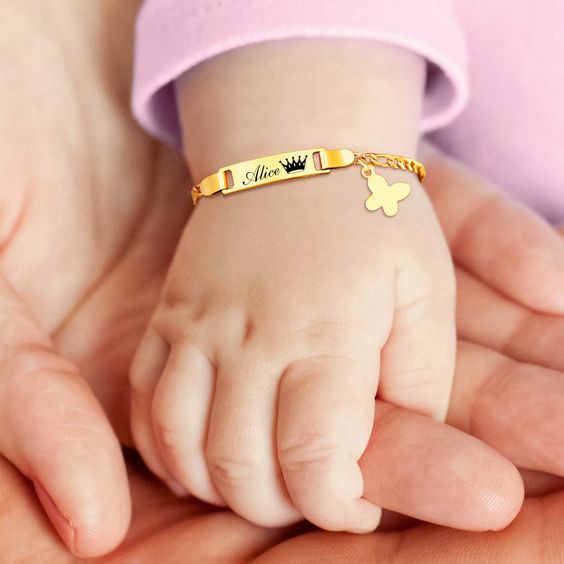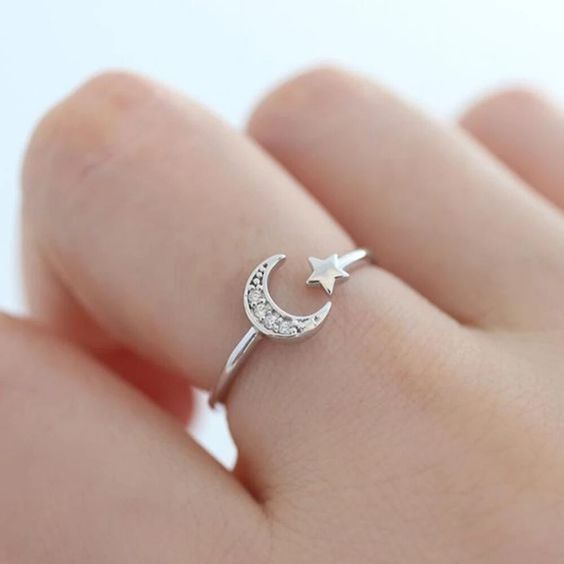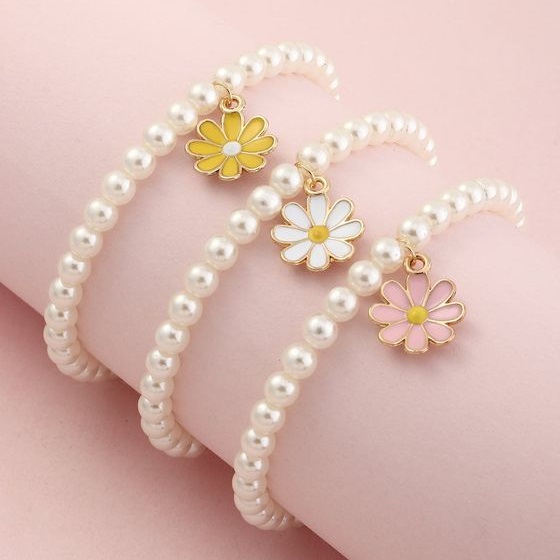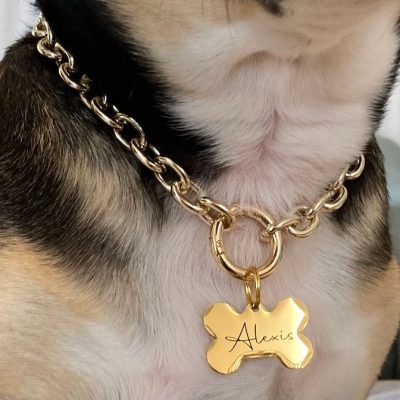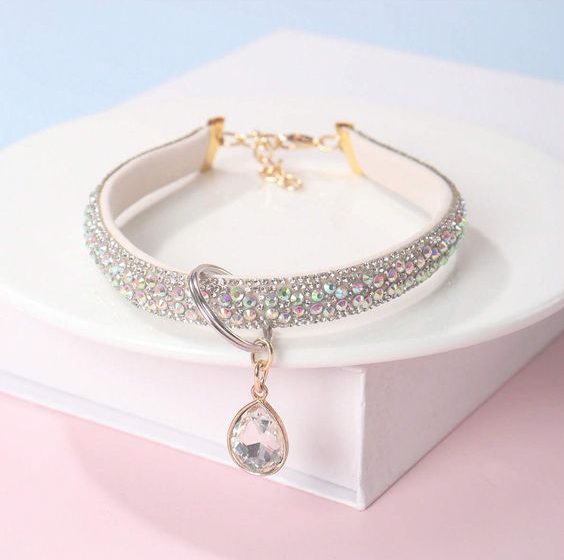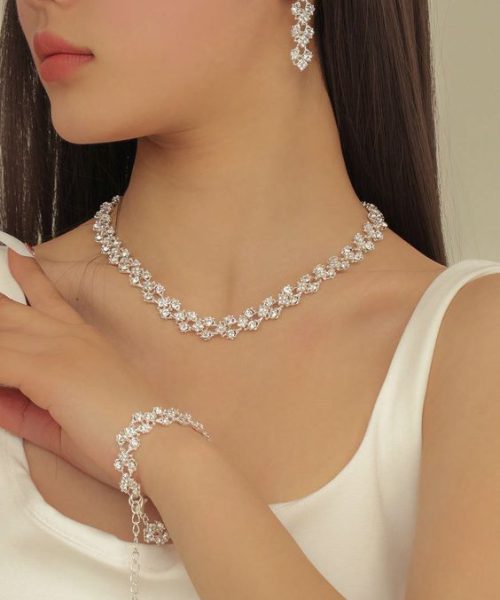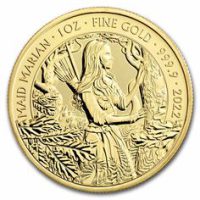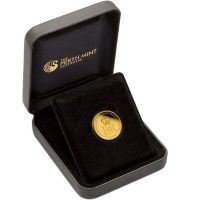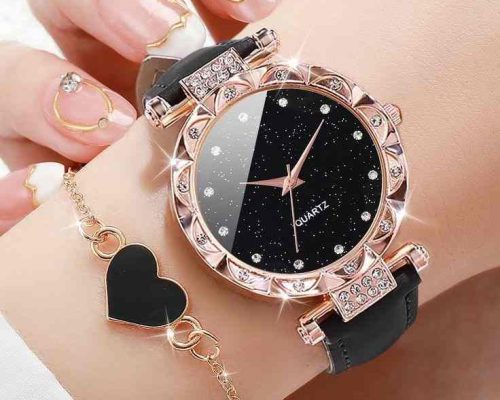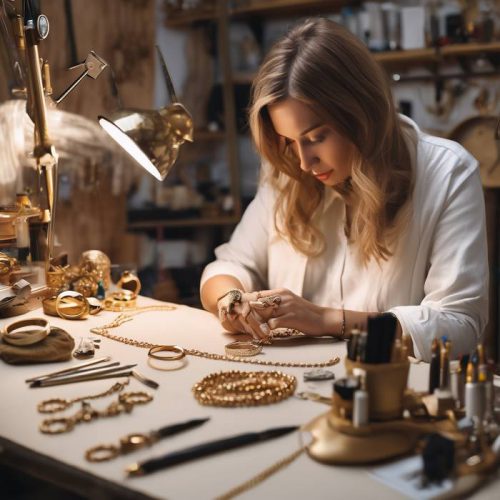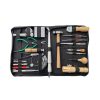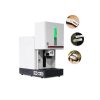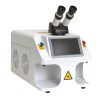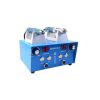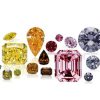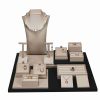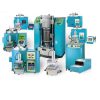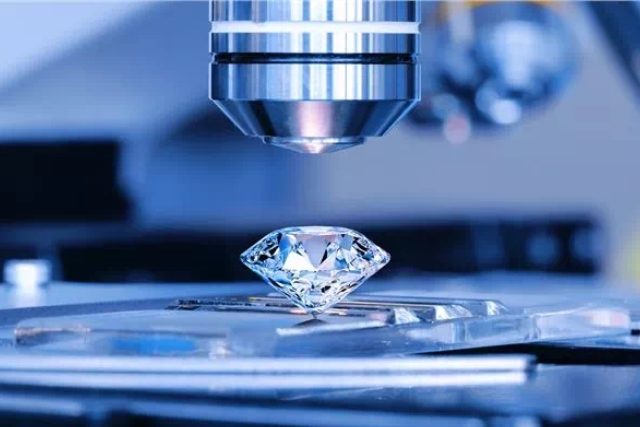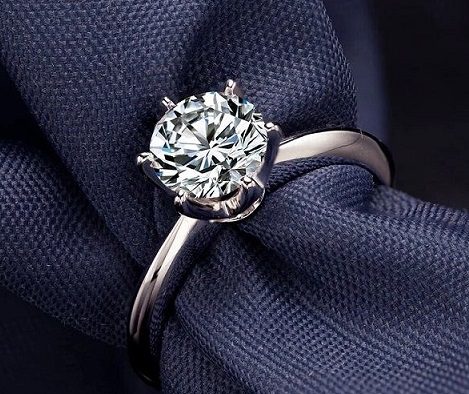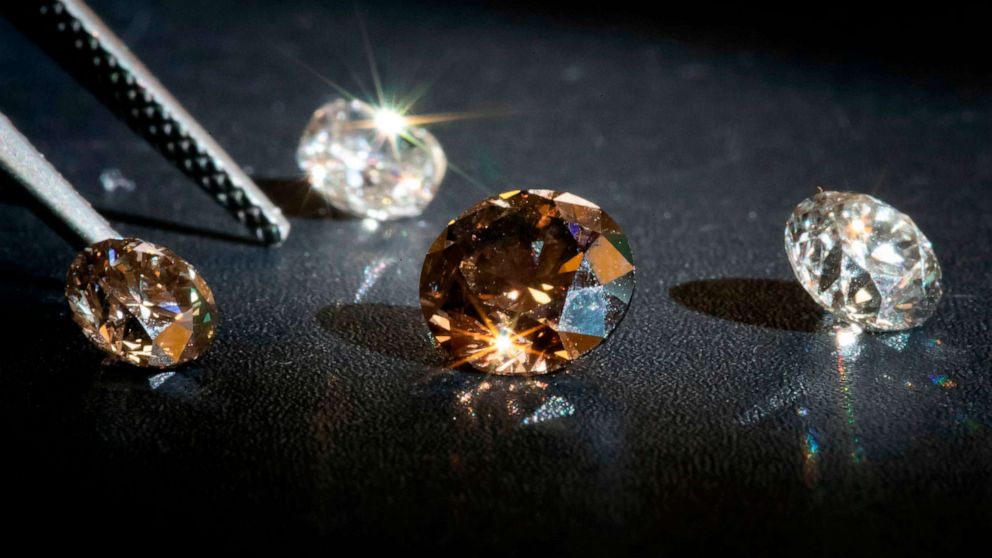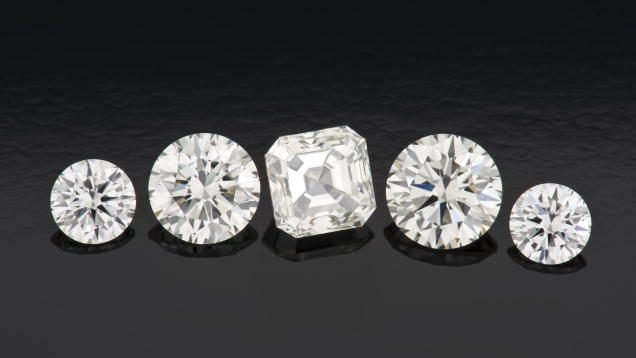Page table of contents
Introduction
When you hear the word “CVD diamond,” you probably have no idea what it is. A lot of people aren’t familiar with CVD diamonds. In basic terms, a CVD diamond is a type of lab grown diamond.For anyone interested in diamonds, their environmental and social impact, and their cost, CVD diamonds are worth looking into.Here, you’ll learn all about what makes these stones unique and how to find the right CVD diamond option to fit your needs.
What Are CVD Diamonds?
Natural diamonds are formed far below the surface of the earth over billions of years. CVD diamonds are grown in labs in a much shorter period of time, using a process known as Chemical Vapour Deposition. They’re certainly making their presence felt in diamond industry trends.
Simply put, some diamonds are mined, and some are lab grown diamonds. CVD diamonds are man-made. Unlike natural diamonds, which take billions of years to form deep beneath the Earth’s surface, CVD diamonds are grown in labs.CVD stands for chemical vapor deposition, the process used to create lab grown diamonds.
History of CVD Diamonds
General Electric created the first lab-grown diamond back in 1955. DeBeers bought the technology, and it disappeared for many years. GE/DeBeers used the HPHT approach to grow the diamond. It set the stage for later technological advances that would eventually lead to the creation of CVD diamonds. By the 1980s, CVD diamonds had become a reality.
Are CVD Diamonds Real Diamonds?
You might be wondering if “lab-grown” is another way of saying “synthetic.” The short answer is “yes,” but that doesn’t mean a CVD diamond isn’t a real diamond. They might not be made in the same way as natural diamonds, but everything about them, from their atomic structure to their fire and brilliance, is identical to stones that formed deep underground over millennia.
CVD diamonds are sometimes referred to as synthetic diamonds. Unlike natural diamonds, they do not form within the Earth.CVD diamonds have the same physical properties and are chemically identical to natural diamonds. CVD diamonds look precisely like natural diamonds.
In 2018, the United States’ Federal Trade Commission ruled that synthetic diamonds such as CVD and natural diamonds are the same thing – real diamonds! In fact, most trained jewellers cannot tell the difference between naturally formed and CVD diamonds.
How CVD Diamonds Are Made
CVD diamonds are made by placing a thin sliver of diamond (usually synthetic) known as a “seed diamond” in a sealed chamber that’s usually heated to approximately 800°C. A carbon-rich mixture of hydrogen and methane is then pumped into the chamber.
The gases are ionised, which breaks down their molecular bonds. The pure carbon released by the process attaches to the seed diamond and forms atomic bonds with it. This process continues over a few weeks, resulting in a larger diamond identical to those formed underground. It takes approximately one month to grow a one-carat CVD diamond.
Pros Of CVD Diamonds
-CVD diamonds have sparkle, fire, and brilliance
-Lab-grown diamonds are cheaper than natural stones
-They’re available in different shapes, sizes, and colours
-A CVD diamond can be grown in 6-8 weeks.
-Lab-grown stones don’t have the same environmental impact as mined stones.
-Lab-grown diamonds do not originate from areas of conflict – they’re not blood diamonds.
Cons Of CVD Diamonds
-There are no CVD diamond regulations or specifications so you can’t be sure of what you’re getting
-They are not widely available
-Lab-grown do not come with GIA certification
-Some renowned jewellery brands refuse to sell CVD diamonds
Leopard is a jewelry manufacturer in Switzerland, Canada, and America. Contact our experts to order your desired jewelry for any memorable event and receive the most beautiful design and best quality jewelry.











